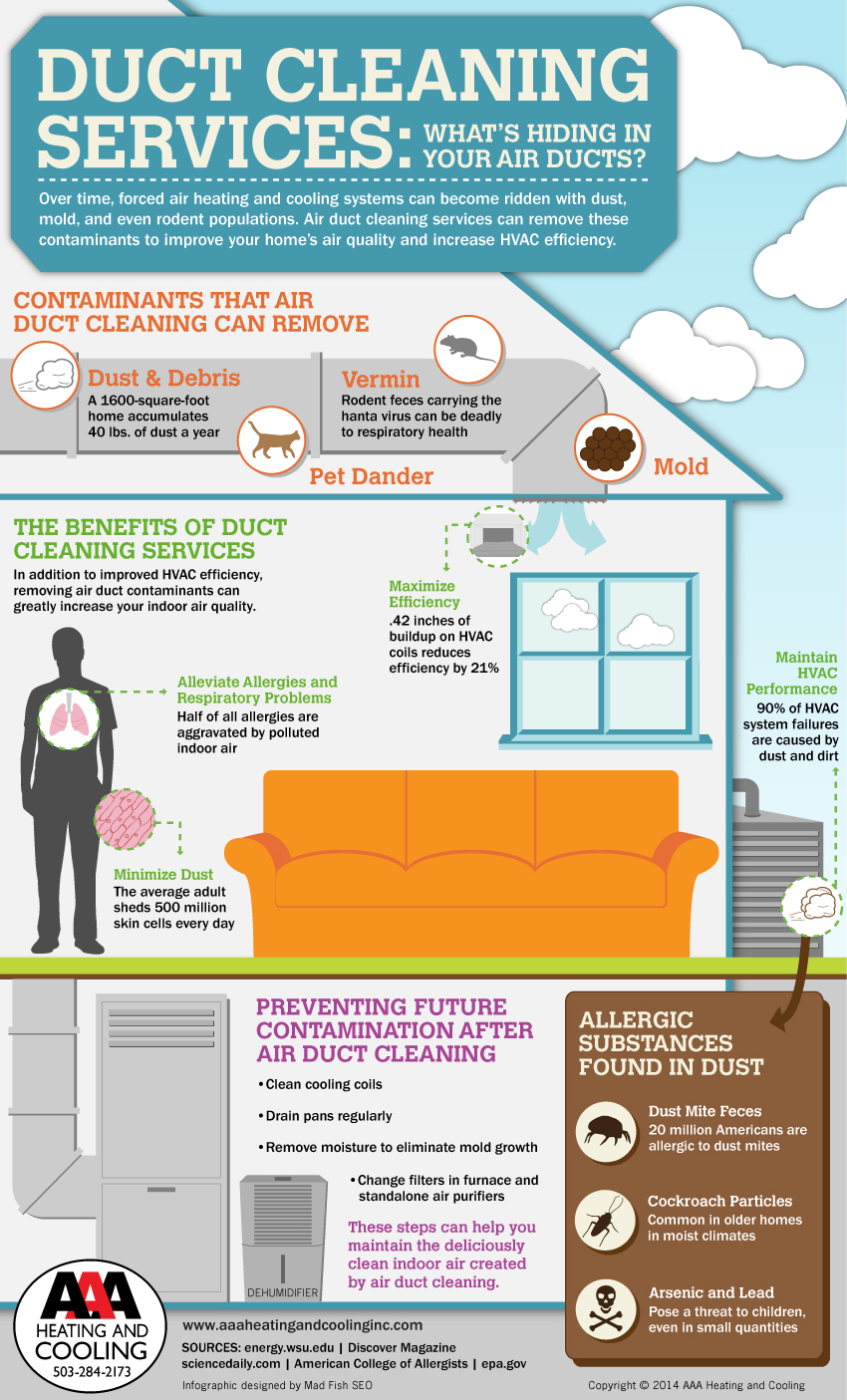The Future Of Home Home Heating - Exactly How Heat Pump Modern Technology Is Advancing
The Future Of Home Home Heating - Exactly How Heat Pump Modern Technology Is Advancing
Blog Article
Web Content Author-Dawson Byrne
Heatpump will be an essential innovation for decarbonising home heating. In a scenario consistent with federal governments' announced energy and climate commitments, their international capability doubles by 2030, while their share in heating rises to one-quarter.
They work best in well-insulated homes and depend on electricity, which can be provided from an eco-friendly power grid. check here are making them more reliable, smarter and more affordable.
please click the following webpage utilize a compressor, cooling agent, coils and fans to relocate the air and heat in homes and home appliances. They can be powered by solar power or electrical power from the grid. They have been acquiring popularity because of their low cost, peaceful procedure and the ability to create electricity during peak power need.
Some business, like IdaTech and BG MicroGen, are working with fuel cells for home heating. These microgenerators can change a gas central heating boiler and create a few of a home's electrical needs with a link to the electrical power grid for the remainder.
But there are factors to be unconvinced of using hydrogen for home heating, Rosenow says. It would certainly be pricey and ineffective contrasted to other innovations, and it would certainly add to carbon exhausts.
Smart and Connected Technologies
Smart home modern technology enables house owners to connect and manage their tools from another location with using mobile phone applications. For example, clever thermostats can discover your heating preferences and automatically get used to enhance power consumption. Smart lighting systems can be controlled with voice commands and instantly switch off lights when you leave the space, lowering energy waste. And smart plugs can check and handle your electrical usage, allowing you to recognize and limit energy-hungry home appliances.
The tech-savvy home depicted in Carina's meeting is an excellent illustration of exactly how owners reconfigure space heating techniques in the light of new clever home innovations. They depend on the tools' automatic attributes to accomplish day-to-day changes and regard them as a practical methods of conducting their home heating practices. As such, they see no reason to adjust their methods additionally in order to make it possible for versatility in their home power need, and treatments focusing on doing so may encounter resistance from these families.
Power
Because heating homes make up 13% of US discharges, a switch to cleaner choices might make a big difference. But the modern technology faces difficulties: It's pricey and needs extensive home renovations. And it's not always suitable with renewable energy sources, such as solar and wind.
Up until just recently, electrical heat pumps were too pricey to take on gas versions in many markets. But brand-new advancements in layout and materials are making them much more economical. And far better cold environment performance is enabling them to work well even in subzero temperatures.
The following step in decarbonising heating may be the use of warmth networks, which draw warmth from a main source, such as a neighboring river or sea inlet, and disperse it to a network of homes or structures. That would decrease carbon exhausts and permit houses to capitalize on renewable resource, such as environment-friendly electricity from a grid provided by renewables. This option would be less pricey than switching to hydrogen, a nonrenewable fuel source that calls for brand-new infrastructure and would just decrease carbon dioxide discharges by 5 percent if paired with boosted home insulation.
Renewable resource
As electricity prices drop, we're beginning to see the same trend in home heating that has actually driven electric automobiles into the mainstream-- however at an also quicker rate. The solid climate situation for electrifying homes has been pressed further by new research.
Renewables account for a considerable share of contemporary warmth consumption, however have actually been provided minimal plan interest worldwide compared to various other end-use fields-- and even less attention than electricity has. Partly, this reflects a mix of customer inertia, divided incentives and, in numerous nations, subsidies for fossil fuels.
New technologies could make the shift much easier. As an example, heat pumps can be made a lot more power reliable by replacing old R-22 refrigerants with brand-new ones that do not have the high GWPs of their predecessors. Some experts additionally imagine district systems that draw warmth from a neighboring river or sea inlet, like a Norwegian fjord. The warm water can after that be made use of for cooling and heating in an area.